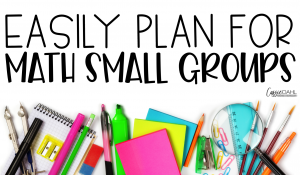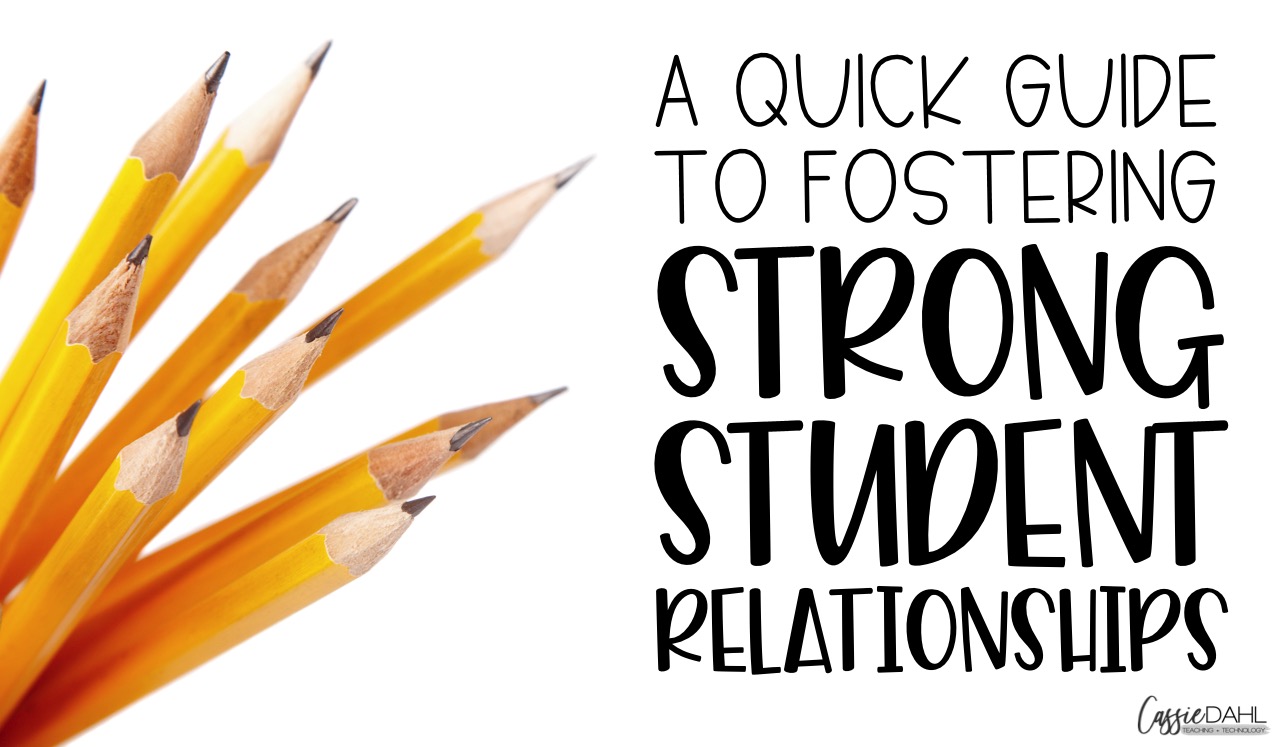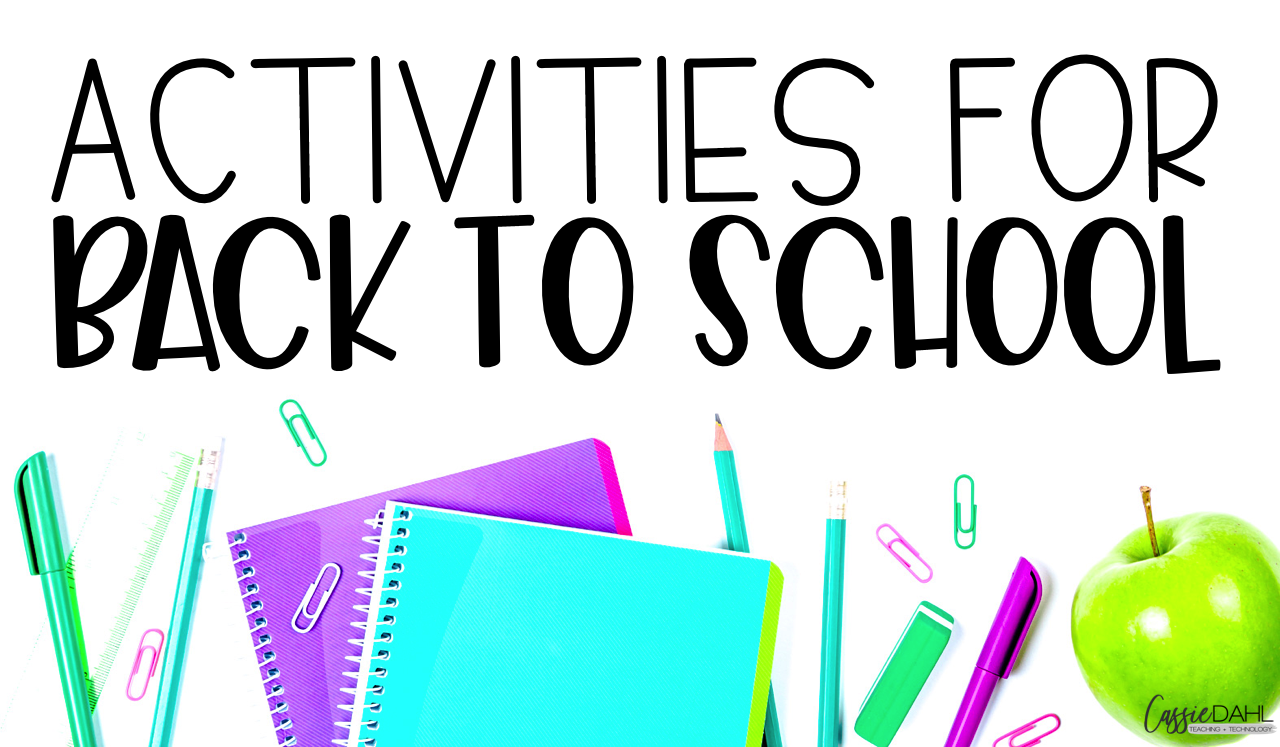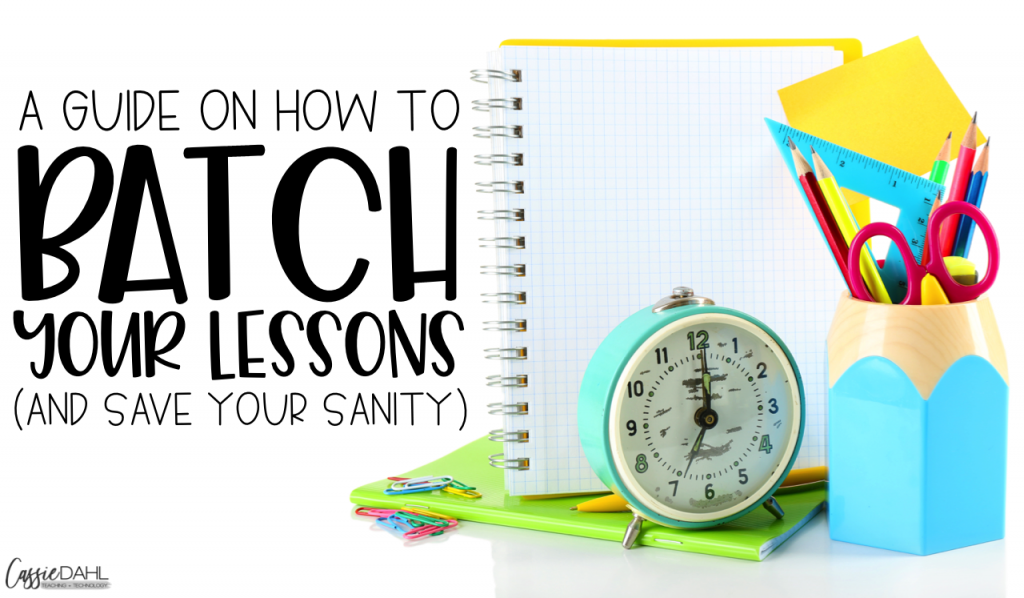
Admit it, you hate lesson planning too. Does anyone truly get giddy over sitting down and figuring out exactly what they are going to teach for hours on end? It can take (what feels like) forever to write out your lessons for the week and then you still have all the copies to make. Using a batching system, your workflow will be smoother and you will spend LESS time planning. I promise.
This post contains some affiliate links to make your life easier! Any purchases made through one of these links earns us a small commission. at no extra cost to you. The commission helps to support the blog so we can continue to share content and freebies with you. All views and opinions are purely my own.
What is Batching?
Essentially, batching is when you complete a set of similar tasks at the same time instead of switching between tasks multiple times. In the business world, many people use batching to be more productive and have a more systematic workflow. In the education world, teachers use batching to streamline lesson planning (and prep) and cut down on the amount of time it takes.
A Quick Scenario:
If you knew that you really wanted to have a chocolate chip cookie today and again in a few days, would you make one individual cookie today and one individual cookie in a few days? NO. Why would someone get out all of the ingredients to make just one cookie… put it all away… just to get it all out again.
It’s the same with lesson planning. You don’t want to get all of your materials out each day to plan just a little bit at a time. Rather, a batch of planning for one subject (or block/period) is more effective.
How Do You Batch Lessons?
This process is going to be different depending on your situation. If you are self-contained or departmentalized, you will follow a different set of steps for batching your lessons. Keep in mind, this is what works for me. Adapt this process to fit your requirements/needs (ex: does your district require weekly or monthly plans?).
Self-Contained Teacher: If you teach multiple subjects, I recommend batching by subject area. Schedule time to batch lesson plans for large chunks of time (I batch lesson plans for four weeks at a time). Each week, focus on a different subject area. It will take a bit of extra time at the beginning of the year to plan for all subjects. But, in a few short weeks you will only be lesson planning for one subject each week.
Here’s what it could look like in your classroom if you teach four subjects.
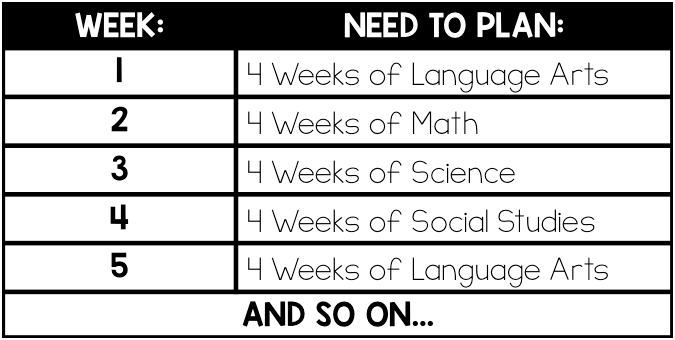
This repeating pattern will allow you to be planned weeks in advance for each subject.
Departmentalized Teacher: Batching will look a bit different if you are departmentalized. There are a few different ways you can approach your lesson plans with the batching process. The first option would be to batch your lessons across an entire unit (ex: if you teach math, you would batch the lesson plans/materials for all of the fractions unit rather than going week by week). The second option would be to batch for four weeks of one period/block and rotate through that way.
How Batching Helps:
Batching lessons is a total time-saver. If you are like me, you have multiple resources/materials that you get out when you are lesson planning (standards, teacher’s manuals, student work pages/books, etc.). By batching four weeks at a time, you only need to get these materials out once in four weeks – rather than every week.
Batching also helps with thinking about the trajectory of your lessons. When you think and plan four weeks in advance, your lessons will flow together. Planning week by week can cause lessons to be choppy and unrelated. It is also easier to plan cross-curricular lessons because you know what content will be taught (it’s already planned in the other subjects) as you go.
Finally, it is much easier to plan for four weeks of one subject because you are in the correct headspace for that subject (or unit if you are departmentalized). When you are knee deep in planning a novel study, you don’t want to stop and switch to planning long division. Batching allows you to work through multiple lessons and “get on a roll” with planning.
Tips For Batching:
Here are a few tips to help you be successful with batching:
- Be Consistent: Stick to your schedule. Its okay to plan MORE than four weeks, but never plan for less. If you plan for only three weeks, you will find yourself in a bit of a pickle with needing to plan for two subjects each week.
- Be Organized: Determine the best way to organize your materials for four weeks at a time. I use Sterilite containers behind my desk to hold my copies for each subject area. Find the containers I LOVE here.
- Be Thorough: As you are planning, pull the accompanying pages that need to be copied for each subject. I place all of the originals in a bin as I plan. This allows me to only copy ONCE a week for each subject (for four weeks). Plan to also pull additional materials (construction paper, read aloud books, manipulatives, etc.) for your lessons. I have a shelf in my classroom that is set aside for me to store for my upcoming weeks’ extra materials.
- Be Flexible: Believe it or not, your lesson plans need to be flexible. Snow days, assemblies, fire drills… they never happen right?! It’s totally okay if your lessons get pushed back a few days (or even forward). When I batch for four weeks, I usually plan one or two extra days. This allows me to move lessons around if need be.
- Be Time-Sensitive: When you batch your lessons, be aware of how much time you are spending searching for lessons. Do not spend tons of time scrolling through Pinterest or Instagram looking for the “perfect lesson”. I create a running list of the things I need to search for or create as I am batching. For example, while planning for language arts I need a specific anchor chart and accompanying interactive notebook page for a lesson. I DO NOT spend my batching time making these items. Rather, they go on my running to do list. This allows me to focus on getting the lessons figured out and then spend other random time (before school, after school, that random five minutes at the end of lunch) crossing the items off of my running to do list.
Bonus Lesson Planning Tips:
Lesson planning can be a total time suck. Here are a few extra things I do to help minimize the time I spend planning.
I keep my master copies organized behind my teacher table in color-coded binders (by quarter). This allows me to easily grab the subject I am planning and have my master copies right there. Click here to read more about why I color coordinate my classroom and how it helps me.

Use standards to drive your lessons. It is important that you are focused on ensuring the content that needs to be taught is planned. Don’t be the teacher who at the end of the year is stressing out because they still need to teach XYZ. There is PLENTY of time during the year to fit all the standards in. You just need to be diligent about planning them into your instruction. I keep my standards right next to my teacher table so I am constantly referring to them (rather than have them in the deep dark depths of a folder).
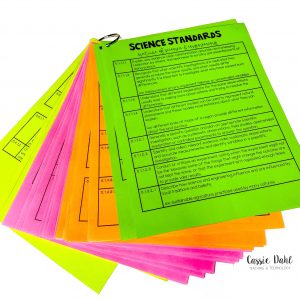
Use technology to streamline the process. I have fallen in love with using Planbook.com to organize my lessons. You can link PDFs, images, web links, and more to your lessons. It also allows you (with just the push of a button) to extend or shorten lessons. Planbook also has the ability to pull lessons from prior years into your current year, which saves a ton of time. All of your lessons can also be tagged with standards! Extra bonus: it’s easy to share with admin if that’s required in your district.

What questions do you have about batching? It has totally transformed how I lesson plan and it saves me a ton of time each week. I hope that it is something you try in your own classroom, I really don’t think you will regret it.


